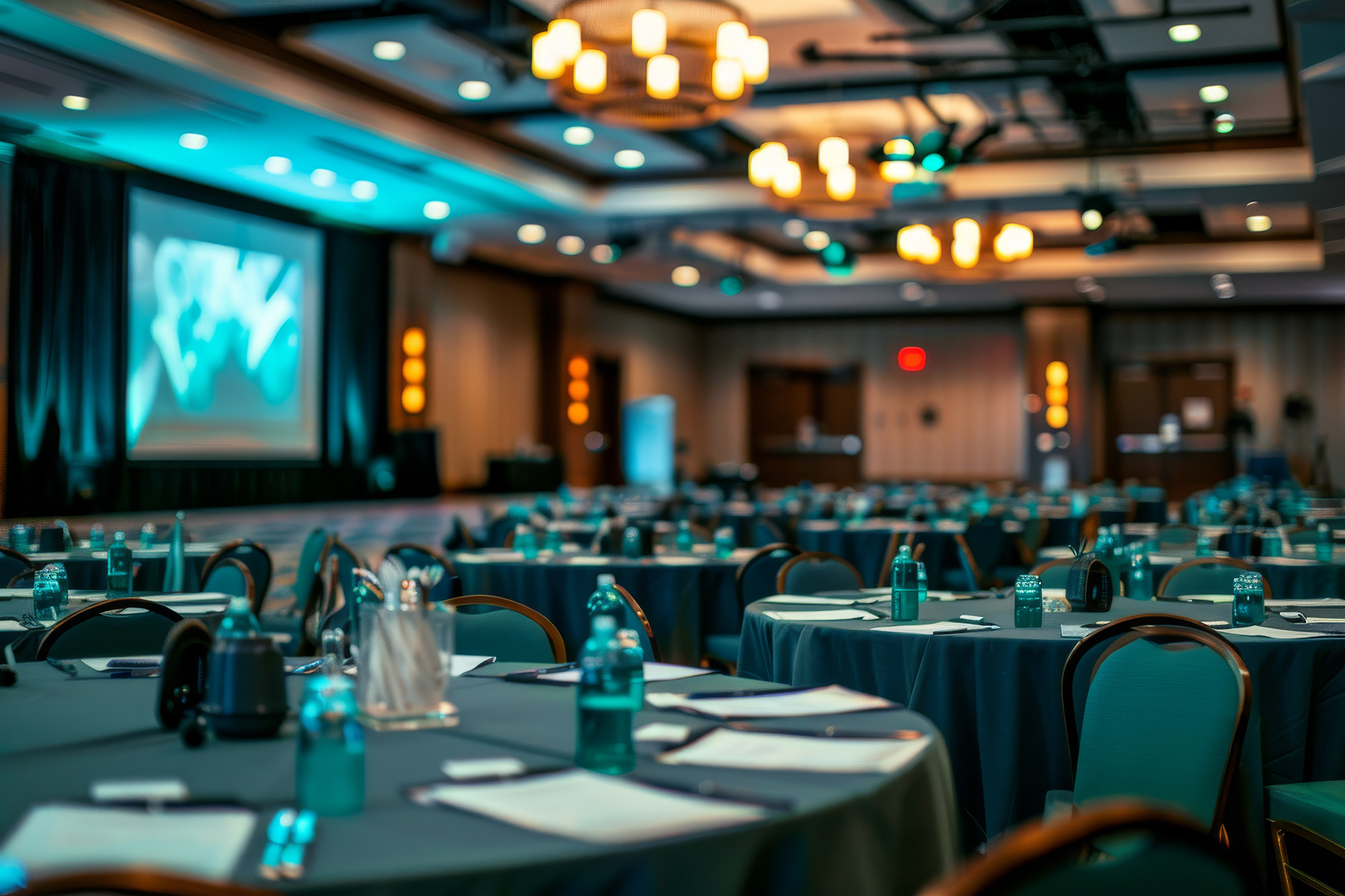
Guardians of Trust: Understanding Why Cybersecurity is Vital for Masonic Organizations
What is website security and why it’s important
Website security is more critical than ever in our interconnected digital landscape. It encompasses ongoing efforts to safeguard your website and its data from evolving cyber threats. As technology advances, so do the tactics of cybercriminals, making it imperative to adopt proactive measures rather than relying on static solutions.
Cyberthreats come in various forms and can target businesses of all sizes, with local organizations and small businesses being particularly vulnerable due to limited resources and potentially weaker security measures. Shockingly, recent statistics indicate that 43% of cyber attacks specifically target local organizations and small businesses, highlighting the urgent need for robust website security measures.
Investing in comprehensive website security solutions is paramount. It involves implementing practices to protect your website’s data, infrastructure, and information from malicious activities. Without adequate cybersecurity management, the consequences of a breach can be severe. Hackers can infiltrate your website to steal sensitive data, leading to operational disruption, or a complete loss of data, content, and your website.
“Shockingly, recent statistics indicate that 43% of cyber attacks specifically target local organizations and small businesses, highlighting the urgent need for robust website security measures.”
Top Masonic website security threats you need to know
When it comes to website security, being aware of the top threats is critical. Here are four prevalent website security threats you should know about:
- Malware, an abbreviation for malicious software, is created with the intent to damage or exploit both websites and their users. Conversely, viruses are specifically engineered to infiltrate and disrupt computer systems. These threats typically enter systems via infected files, compromised links, or vulnerable plugins, posing serious risks by compromising website functionality and potentially exposing user data to compromise.
- Hackers actively seek out weaknesses or vulnerabilities they can exploit. For instance, websites with weak passwords or outdated software lacking the latest security patches become prime targets. Once hackers gain unauthorized access, they can execute various harmful actions, such as installing malicious backlinks or distributing malware. If their intrusion remains undetected, hackers may leverage the compromised website as a launching pad for additional attacks, potentially spreading malware or sending spam emails that inflict further damage to others.
- Distributed Denial of Service (DDoS) attacks are orchestrated to overwhelm a website’s server or infrastructure. Attackers employ networks of compromised computers to generate enormous volumes of traffic, thereby slowing down or crashing the website entirely. This effectively prevents legitimate users from accessing the website and utilizing its services.
DDoS attacks are carried out for various motives. In some cases, attackers demand ransom from the website owner, threatening to persist with the attack until payment is made. Alternatively, attackers may launch DDoS assaults simply to create disruption and chaos, akin to digital sabotage aimed at disrupting the website’s normal operations.
- Every year, cybercriminals successfully access millions of business records through data breaches. A data breach occurs when unauthorized individuals gain entry to sensitive, confidential, or protected data, enabling them to copy, view, or steal it. In 2022 alone, there were 1,802 reported instances of data breaches in the United States, impacting over 422 million individuals.
The repercussions of a data breach can be profound, encompassing financial losses, legal ramifications, reputational harm, and the potential misuse of sensitive information. Without adequate security measures or safeguards, even a minor vulnerability can lead to a significant data breach, highlighting the critical importance of robust cybersecurity practices for organizations and businesses.
What do I need to secure my Masonic organization’s website?
- Enable multi-factor authentication (MFA)
To enhance the security of your Masonic organization’s website, it’s crucial to implement a combination of robust passwords and multi-factor authentication (MFA).
Start by creating strong passwords that are lengthy, unique, and incorporate a mix of uppercase and lowercase letters, numbers, and special characters. Avoid using easily guessable passwords such as your name or birthdate.
Multi-factor authentication (MFA) adds an additional layer of security beyond just a password. This could involve entering a special code sent to your phone or another authentication method.
Furthermore, educating yourself on good password practices is essential. Avoid using the same password across different accounts and consider changing your passwords regularly to mitigate security risks.
By adopting these measures, you can significantly bolster the security of your website, making it more challenging for unauthorized individuals to access your accounts and compromise sensitive information.
- Secure data transmission
Utilizing SSL certificates and implementing HTTPS are crucial for securing data transmission on your website.When your website is equipped with an SSL certificate, it signifies that extra precautions have been taken to safeguard your data. Through special encryption methods, your information is transformed into encrypted code before being transmitted over the internet. This encryption makes it significantly more difficult for hackers to intercept or decipher your sensitive data.
Moreover, integrating the HTTPS protocol enhances security by combining encryption with the standard HTTP protocol. Websites using HTTPS display a padlock icon in the browser’s address bar, indicating a secure connection. Notably, Google considers HTTPS as a ranking factor, meaning websites with HTTPS tend to receive a boost in search rankings due to their enhanced security measures.
By implementing SSL certificates and HTTPS, you not only protect your users’ data but also enhance your website’s credibility and visibility online. This proactive approach ensures that your website remains secure and trusted, providing peace of mind to both you and your visitors.
- Software and system updates
Website software, plugins, and themes often contain vulnerabilities that can pose security risks.
As developers discover these weaknesses over time, they release updates to patch them. These updates act as security reinforcements for your website. By consistently updating your website software, plugins, and themes, you ensure that you are using the latest versions equipped with necessary fixes. This proactive approach helps to mitigate the risk of hackers exploiting known vulnerabilities to gain unauthorized access to your website.
- Web Application Firewalls (WAF)
Web Application Firewalls (WAFs) are tailored to protect your website from prevalent attacks such as SQL injections and cross-site scripting (XSS).
SQL injections occur when hackers attempt to manipulate your website’s database to access sensitive information illegitimately. On the other hand, cross-site scripting involves injecting malicious code into your website to steal data or tamper with content. WAFs act as vigilant guards that detect these types of attacks and prevent them from compromising your website’s security and endangering your users.
When selecting a WAF, prioritize those that provide regular updates to safeguard against emerging threats. Equally important is choosing a provider that offers robust support to assist you promptly when needed. This proactive approach ensures your website remains resilient against evolving cybersecurity risks, safeguarding both your data and your visitors’ trust.
- Regular backups
Regular backups serve as a crucial safety measure for your website, acting as a protective shield against potential disasters such as server crashes or hacking attacks. By creating duplicate copies of your essential data and files, backups mitigate the risk of irreversible data loss or accidental deletions.
Automated backup systems like Codeguard streamline this process by handling backups automatically. Codeguard routinely duplicates your website, ensuring that you have recent copies readily available without the need for manual intervention. You can customize backup schedules—whether daily or weekly—enabling the system to execute backups consistently according to your preferences.
With automated backups in place, you can rest assured that your website’s data is safeguarded and accessible, providing peace of mind in the face of unforeseen challenges. This proactive approach not only enhances your website’s resilience but also ensures continuity in the event of any disruptive incidents.
The stakes are high for Masonic organizations
As Masonic organizations embrace digital tools and platforms for communication and engagement, ensuring website security becomes integral to their overall digital strategy. It supports seamless integration of online services and enhances the user experience without compromising security. Masonic organizations rely heavily on trust and credibility within their communities. A secure website demonstrates a commitment to safeguarding information and maintaining the integrity of member interactions. Breaches in security can damage reputation and erode trust, affecting membership retention and community support.
In addition, Masonic organizations often produce valuable content, publications, and resources. Website security helps protect these intellectual properties from theft, unauthorized distribution, or tampering.
In summary, website security is not just a technical consideration but a fundamental aspect of preserving your investment, the trust of members and the community, safeguarding data, and enabling effective operations for Masonic and community organizations in today’s digital landscape.
Written by Mark Leo, Founder & Principal
Mark Leo is a dedicated and passionate member of the Masonic fraternity, whose unwavering commitment has led numerous Masonic organizations to remarkable success. Recognizing the transformative power of digital marketing, Mark took the initiative to propel his own Masonic lodge into the digital age over 15 years ago. His exceptional leadership and vision soon gained widespread recognition, attracting Masonic organizations from around the globe seeking his expertise. As a result, Mark founded Masonic Web Master, a pioneering venture that continues to empower Masonic organizations with innovative digital solutions, leaving a lasting impact on the fraternity's online presence and success.







